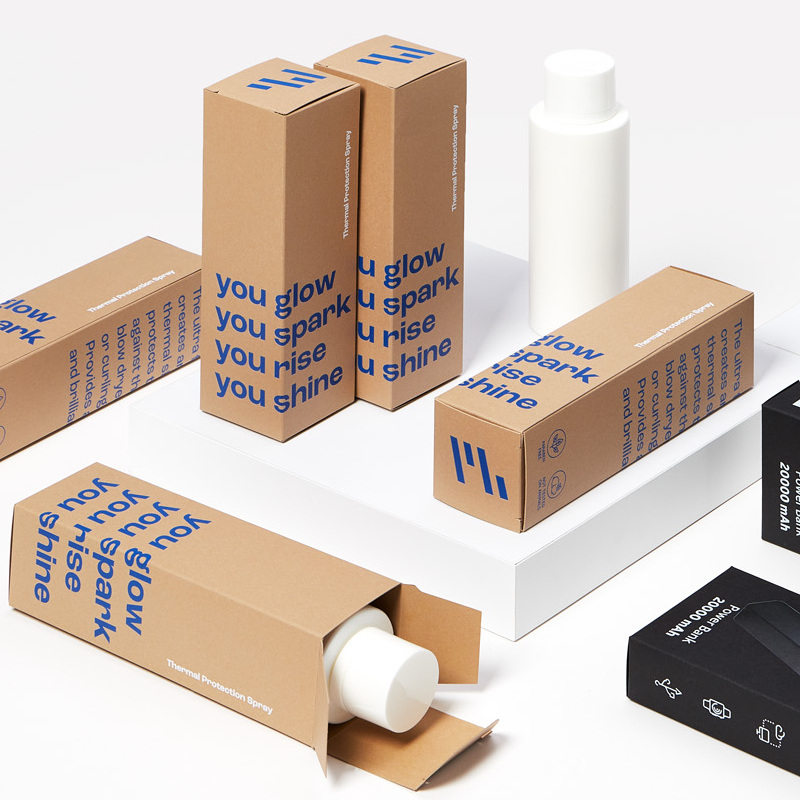The Art of Lunch Boxes A Culinary and Cultural Exploration
Lunch boxes, once mere containers for carrying meals, have evolved into vibrant canvases of creativity, nutrition, and culture. They are not only practical tools for transporting food but also reflections of personal style, family traditions, and an increasingly global perspective on dining. In this article, we will explore the rich tapestry of lunch boxes, examining their historical significance, the myriad styles available today, and the importance of balanced nutrition within these portable meal solutions.
Historical Significance
The concept of carrying meals dates back centuries, with various cultures developing their own methods for transporting food. The ancient Egyptians, for instance, utilized wicker baskets to carry bread and dried fruits, while in medieval Europe, lunch was often packed in cloth sacks. As societies progressed, so did the design and functionality of lunch containers. The 20th century saw the introduction of metal lunch boxes, often adorned with popular characters from movies or cartoons, which quickly became staples among school children. These collectible items not only served practical purposes but also resonated with nostalgia, marking a significant cultural shift in how meals were prepared and consumed outside the home.
Today's Innovative Designs
In contemporary society, lunch boxes come in various shapes, sizes, and materials, catering to diverse needs and preferences. From insulated thermoses for soups and stews to bento boxes designed with individual compartments for sushi, salads, and fruits, the options are nearly limitless. This evolution is further accentuated by the growing trend towards sustainability, with many opting for stainless steel or BPA-free plastic containers to reduce plastic waste.
Bento boxes, which originated in Japan, are particularly notable for their aesthetic appeal and health-conscious design. They embody a philosophy of balance, presenting an array of colors and textures that promote not only nutritional variety but also visual enjoyment. The ‘bento art’ movement has taken social media by storm, inspiring individuals to create elaborate landscapes or characters using rice, vegetables, and fruits. This artistic approach to packing lunch not only makes mealtime more exciting but can also encourage children to try new foods.
The Nutritional Value of Lunch Boxes
lunch boxes

A well-prepared lunch box can significantly impact a person's health and well-being. With increasing awareness of the importance of nutrition, more individuals are taking charge of their dietary choices by packing homemade meals. These lunches often include a balance of proteins, healthy fats, carbohydrates, and plenty of fruits and vegetables, ensuring that individuals receive the necessary nutrients to fuel their days.
Moreover, preparing lunches at home allows for greater control over ingredients, aiding in avoidance of processed foods high in sugar and unhealthy fats. For parents, this means the ability to provide nutritious meals for their children while also teaching valuable cooking skills and healthy eating habits. Sharing meals from a lunch box can also foster bonding, as families gather to prepare and discuss the foods they enjoy.
Culturally Diverse Lunch Box Inspirations
Lunch boxes transcend cultural boundaries, providing a glimpse into the culinary traditions of different nations. Inspired by global flavors, individuals can experiment with their lunch creations by incorporating elements from international cuisines. For instance, one can pack a Spanish-inspired lunch featuring tapas like olives and chorizo, alongside a side of paella; or a Middle Eastern lunch of falafel, hummus, and tabbouleh.
The globalization of food has encouraged the blending of flavors and styles, leading to innovative fusion lunches that cater to a variety of tastes. As people become more adventurous in their eating habits, the possibilities for lunch box creativity have expanded dramatically.
Conclusion
In conclusion, lunch boxes have transitioned from simple food carriers to symbols of personal expression, cultural heritage, and nutritional mindfulness. With their vast array of designs, the potential for creativity in meal preparation, and their role in promoting healthy eating habits, they have secured a cherished place in modern-day life. Whether you are a busy professional, a student, or a parent, embracing the art of the lunch box can lead to more sustainable, enjoyable, and health-conscious eating experiences. So why not pick up a lunch box and let your culinary imagination run wild?



